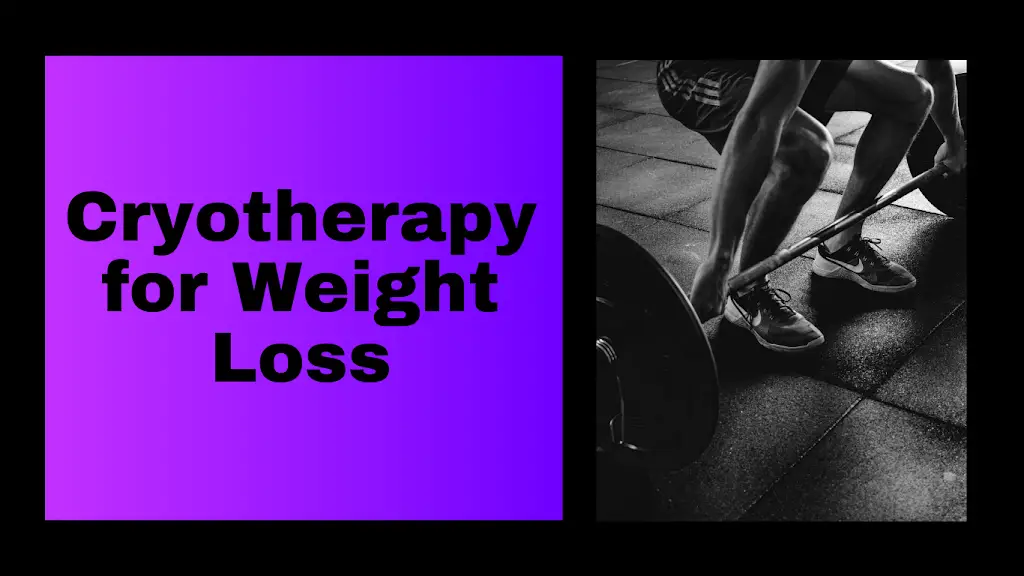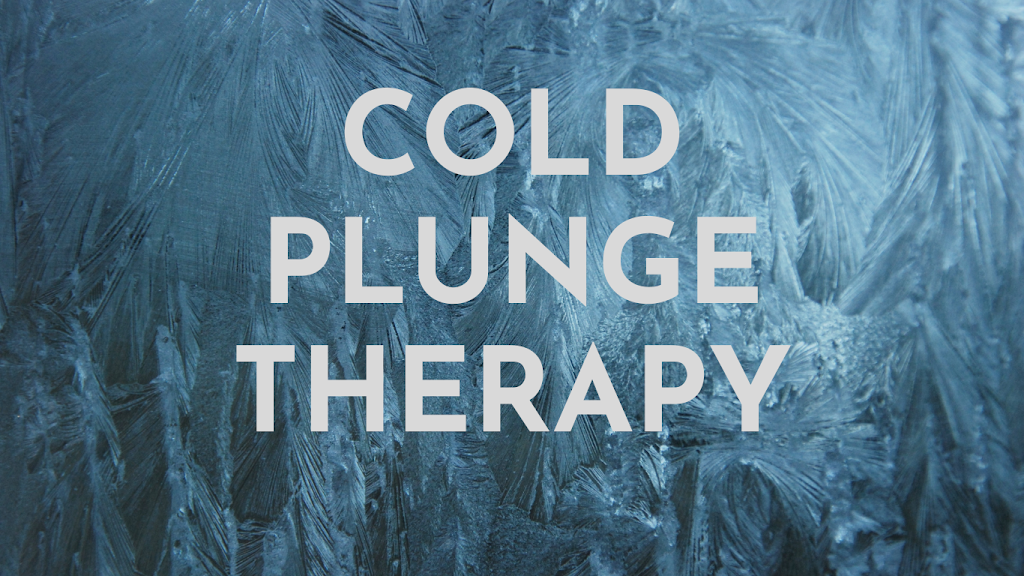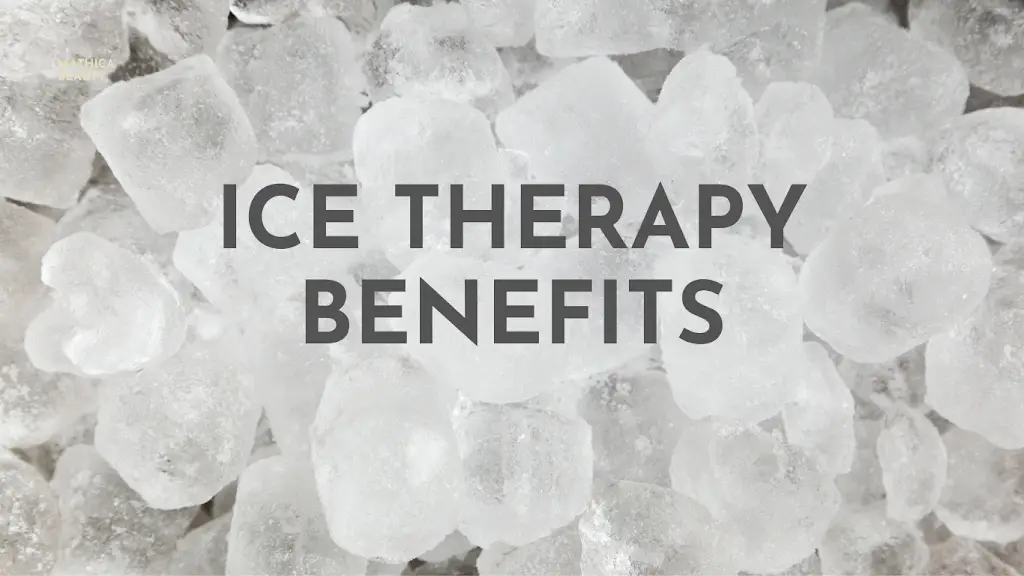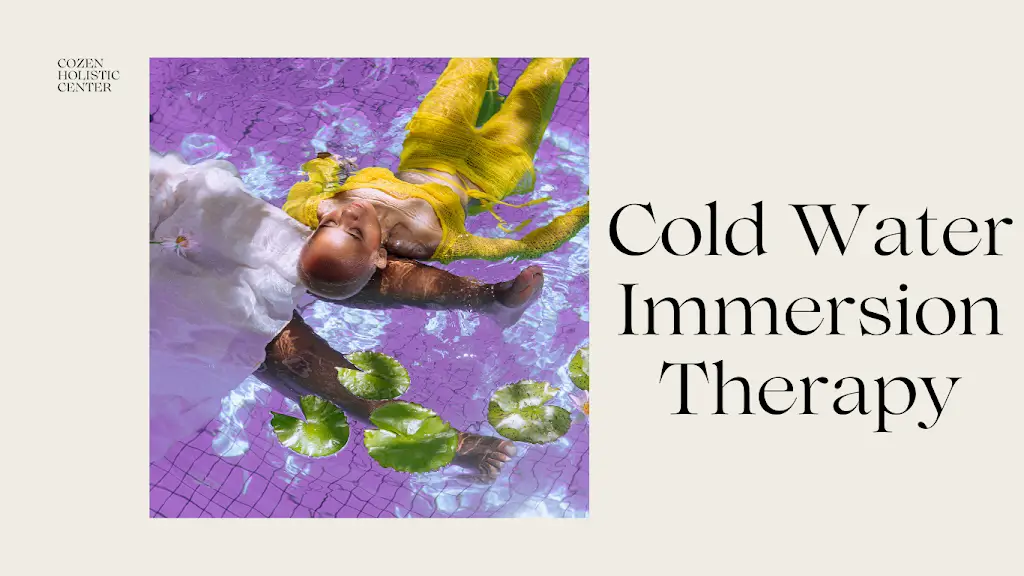Cryotherapy for Weight Loss
Cryotherapy for Weight Loss: Can Freezing Yourself Help
You Lose Weight?
Cryotherapy, which involves exposing the body to
extremely cold temperatures, has been gaining popularity as a treatment for a
variety of health conditions, from pain relief to improved athletic
performance. However, one of the most intriguing claims surrounding cryotherapy
is its ability to aid in weight loss. In this article, we will explore the
science behind cryotherapy for weight loss and whether or not it is an
effective treatment.
What is Cryotherapy?
Cryotherapy is a treatment that involves exposing the
body to extremely cold temperatures for a short period of time, usually between
two to four minutes. The most common type of cryotherapy involves immersing the
body in a cold chamber filled with liquid nitrogen, although localized
cryotherapy is also an option, which involves applying cold temperatures to
specific areas of the body.
The idea behind cryotherapy is that exposing the body to
extremely cold temperatures triggers a variety of physiological responses that
can be beneficial for health. For example, cryotherapy is thought to reduce
inflammation, increase circulation, and release endorphins, all of which can
contribute to improved overall health.
How Does Cryotherapy for Weight Loss Work?
The idea that cryotherapy can aid in weight loss is based
on the concept of thermogenesis, which is the process by which the body
generates heat. When the body is exposed to extremely cold temperatures, it
must work harder to maintain its core temperature, which in turn requires more
energy. This increased energy expenditure is thought to help burn calories and
aid in weight loss.
In addition, cryotherapy is thought to activate brown
adipose tissue (BAT), which is a type of fat that burns calories instead of
storing them. BAT is typically found in small amounts in the body, but exposure
to cold temperatures can increase its activity, leading to greater calorie
burning.
What Does the Research Say?
While the idea of using cryotherapy for weight loss is
certainly intriguing, the research on its effectiveness is still somewhat
limited. Most studies on cryotherapy and weight loss have been conducted in
animals or small groups of humans, and the results have been mixed.
One study published in the International Journal of
Obesity found that exposure to cold temperatures increased energy expenditure
in a small group of healthy volunteers, suggesting that cryotherapy could be a
useful tool for weight loss. However, the study did not specifically look at
the long-term effects of cryotherapy on weight loss.
Another study published in the Journal of Clinical
Investigation found that exposing overweight men to cold temperatures for
several hours a day for several weeks led to an increase in BAT activity and a
reduction in body fat. However, this study was conducted on a very small group
of participants and did not include a control group, so it is difficult to draw
firm conclusions from the results.
Overall, while the research on cryotherapy for weight
loss is still in its early stages, there is some evidence to suggest that it
may be an effective tool for weight loss. However, more research is needed to
fully understand its potential benefits and limitations.
What Are the Potential Risks?
Like any medical treatment, cryotherapy does carry some
potential risks. The most common side effects of cryotherapy include skin
irritation, redness, and numbness, all of which typically resolve quickly after
treatment. However, there have been some reports of more serious side effects,
such as frostbite and burns, particularly when cryotherapy is performed by
untrained individuals.
In addition, cryotherapy may not be safe for everyone.
For example, people with certain medical conditions, such as Raynaud’s disease
or cold urticaria, may be at greater risk of experiencing adverse effects from
cryotherapy. It is important to consult with a healthcare professional before
undergoing any type of cryotherapy treatment to determine whether it is safe
for you.
Conclusion
While the idea of using cryotherapy for weight loss is
certainly intriguing, the research on its effectiveness is still in its early
stages. While there is some evidence to suggest that it may be a useful tool
for weight loss, more research is needed to fully understand its potential
benefits and limitations.
In addition to the potential benefits and risks of
cryotherapy for weight loss, it is important to keep in mind that weight loss
is a complex process that involves many factors beyond just calorie burning.
For example, diet and exercise habits, genetics, and hormonal imbalances can
all play a role in weight loss and weight management.
Therefore, while cryotherapy may be a useful tool for
weight loss, it is unlikely to be a magic bullet solution. Rather, it is best
viewed as part of a comprehensive weight loss program that includes a healthy
diet, regular exercise, and other lifestyle modifications.
If you are interested in trying cryotherapy for weight
loss, it is important to consult with a healthcare professional first to
determine whether it is safe for you. In addition, be sure to choose a
reputable cryotherapy provider and follow all safety precautions to minimize
the risk of adverse effects.





